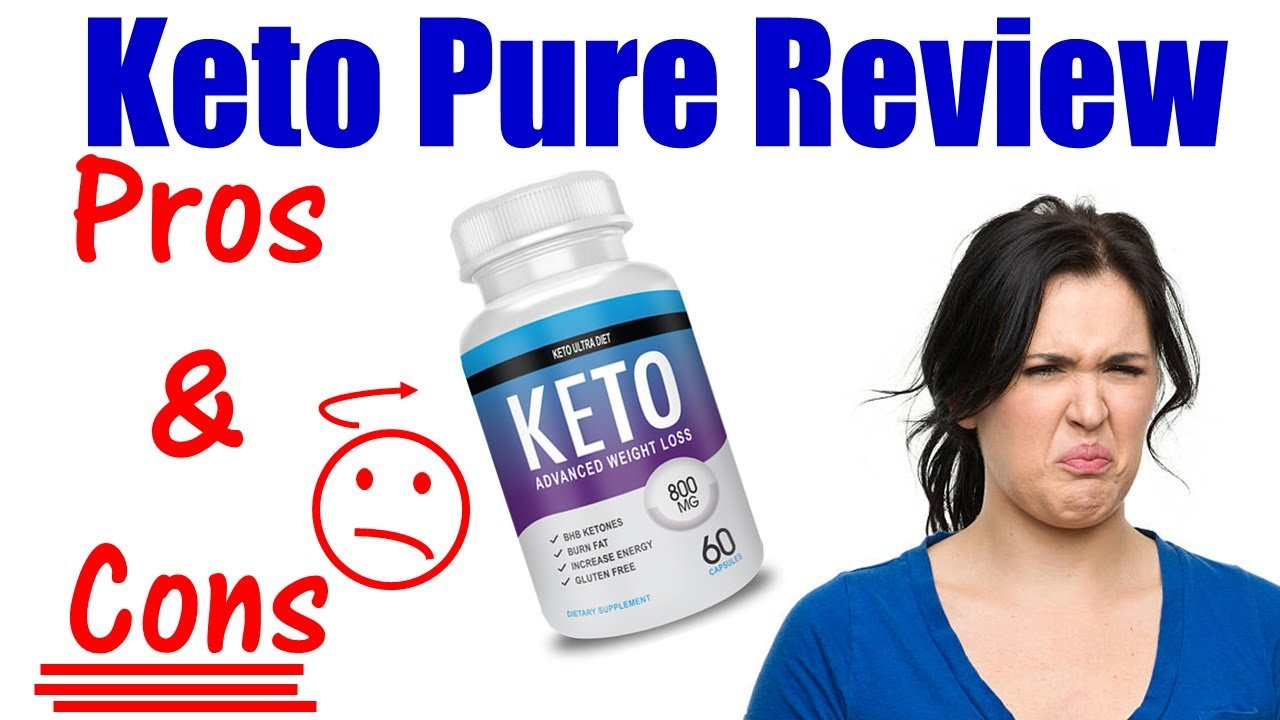

Are you having a wound? Is it infected, or taking longer to heal? Have you tried other remedies without success? It is time to try using honey.
This sounds too good or mysterious to some people. This is indeed true. Honey is widely used as a topical treatment, especially for infected wounds. You don’t have to worry if your it is resisting almost every antibiotic. It can’t resist honey.

Medical Manuka
Did you know that honey has been in use as a wound care since time in the memorial? In fact, manuka honey is the best remedy for wounds that take longer to heal. This medicinal or ‘medi honey’, as some people call it, remains the best as far as wound healing is concerned.
Many people have been using honey on open wounds. You can as well do the same. Before using it, here are a few things that you ought to know:
You may have heard of honey dressings for wound care. This is a common practice today, not only in the traditional societies but also in the contemporary world. According to dermnetnz.org, honey can be used to heal a wide range of wounds.
Basically, you can trust it to heal some of these wounds:
Before using it, you need to know that there are different types of honey. All these types are different as far as antibacterial activity is concerned. Which one do you use then?
You should only use a type whose antibacterial activity is high. Try good brands such as Manuka. According to webmd.com, manuka is the best for healing infected and open wounds. It is mainly produced in New Zealand.
Also, Manuka honey has the highest antibacterial activity. Besides, it has other components that facilitate wound healing. These include:
You should, however, note that only medicinal brands are recommended. What does this mean?
Honey should be tested in the lab and sterilized first before applying it on a wound. Once tested, it is given a potency rating known as UMF (Unique Manuka Factor). You should only use types whose UMF is high. UMF measures the level of antibacterial activity it has.
Sterilization is also a major factor to check before using it. Unsterilized one can worsen the condition of your wound. Therefore, even the medicinal brands should be highly sterilized.
Now that you already have manuka or any other sterilized honey, how do you use it? According to advancedtissue.com, there are specific things that you should note before applying it.
Remember that we want to completely heal the, for instance, a laceration within the shortest time possible. Therefore, here are some precautions to observe:
How does honey heal a wound? This is a common question among many people. According to worldwidewounds.com, medicinal brands have various properties that facilitate wound healing.
The cure is made possible due to some of the properties in honey that are effective in healing every type of wound. Dressing a wound with it, therefore, uses these properties to enhance fast healing, even to antibiotic resistant ones.
These properties include:
Osmotic effect
Medicinal honey has a high osmotic effect due to its high sugar content. This means that it can absorb a lot of water exudates. As a result, the wound dries up, thus facilitating healing.
Did you know that it also acts as an antibiotic? Yes, honey is known to kill infectious organisms such as Staphylococcus aureus, a common wound microbial. When this bacterium dies, the healing process becomes happens faster.
How does honey kill staphylococcus? It is due to its osmotic effects. Due to the osmotic difference, it draws water from the organisms, thus killing it.
The activity of hydrogen peroxide
I am sure that many people are aware that hydrogen peroxide is a perfect antimicrobial agent. It is well known for its cleansing properties. In short, hydrogen peroxide eliminates most disease-causing organisms.
Brands like Manuka have a high concentration of hydrogen peroxide. This does not only kill microbial organisms but also prevents inflammation. Deep burns and burns, therefore, are best managed by use of such a brand.
Anti-bacterial potency
Very few bacterial organisms can thrive in it. Based on where it was sourced, as well as its processing, it has varied microbial activity. In this regard, you should only use a brand or type whose microbial activity is high.
It is believed that yellow honey from Attica is the best in healing wounds. Furthermore, strawberry honey is also effective on the same. However, many people will tell you that manuka is the best. All these ratings is due to anti-bacterial potency.
Phytochemical component
Phytochemical components in honey are also known to facilitate wound healing. Besides hydrogen peroxide, this phytochemical component kills infection-causing organisms. The components are also effective in drying lacerations.
Lymphocyte and phagocytic activity
Apart from killing bacteria and other disease-causing microorganisms, it is known to facilitate the activities of phagocytes and lymphocytes. What does this mean?
It helps in making and repairing body cells, especially white and red blood cells. When this happens, the body’s immune system is boosted. Moreover, transportation of oxygen to the wound is enhanced.
Methylglyoxal
This is an antibacterial component that works the same way as hydrogen peroxide. Most types of honey contain this component, though in small quantities. However, medicinal ones, especially manuka is very rich in this component.
Just like hydrogen peroxide, Methylglyoxal (MG) kills all infectious organisms in a wound. It also helps it in drying up. Brands with a high concentration of MG always has the best antibiotic effect.
If you are thinking of boiling honey before using it on wounds, it is a fact that hot honey for wounds has gained popularity over the years. Boiling it may also kill some microorganism that might have been present.
If you are considering it to treat wounds, you should clearly understand the side effects that come along with it.
According to webmd.com, honey wound care comes along with the following side effects:
References